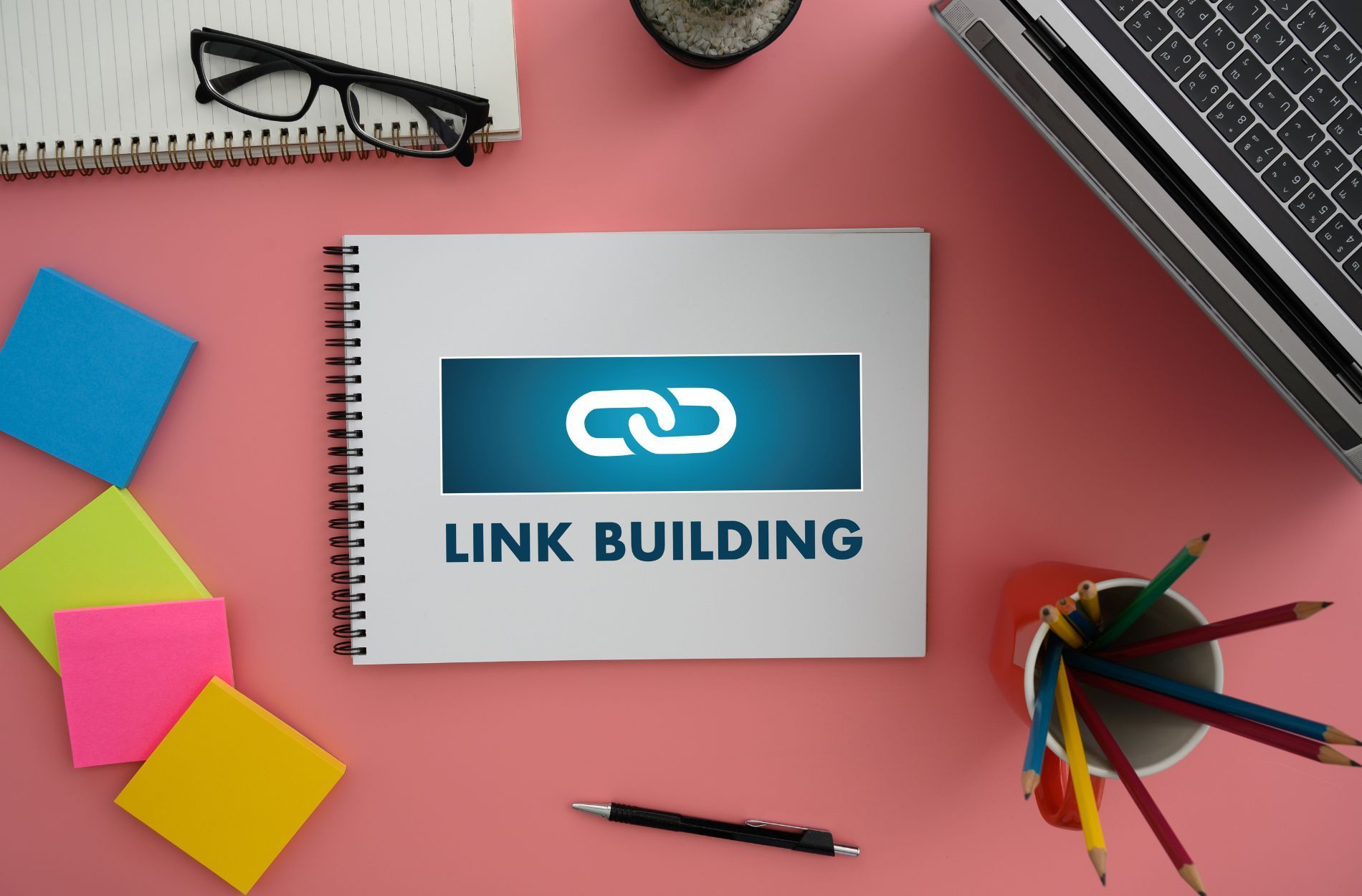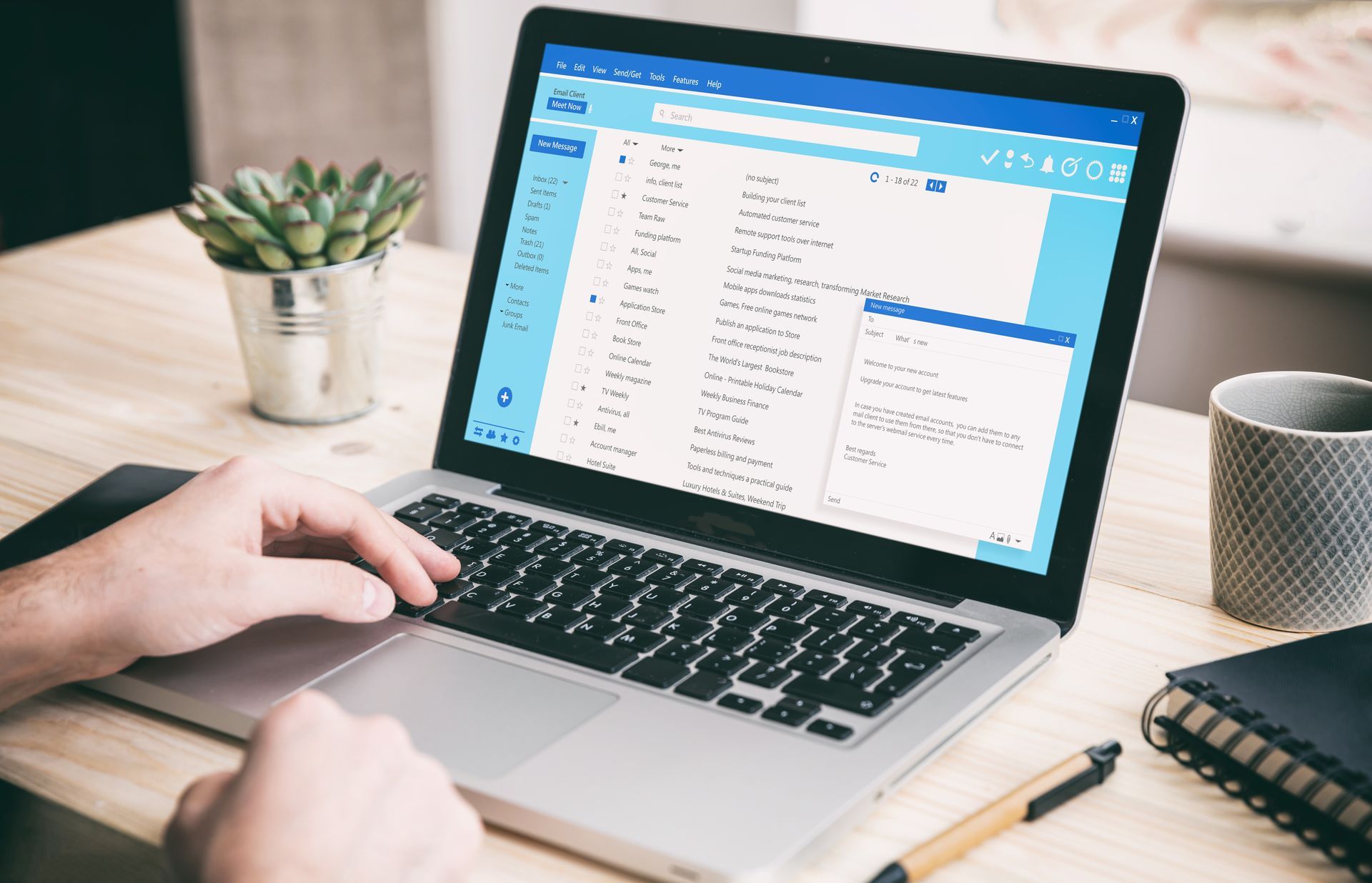3 Essential On-Page SEO Practices You Should Know
It’s important to understand how on-page SEO can give you an edge in this cutthroat digital marketing environment. To understand why on-page SEO is such a big deal, you need to understand the difference between off-page SEO and on-page SEO
Off-page SEO is what your content marketers, website designers, and SEO specialists will be responsible for doing. These content experts can already be assigned to other projects, or have their work divided among multiple departments or clients. However, there are plenty of experts out there who can handle off-page SEO for your business.
On-page SEO, on the other hand, is something you can do for yourself. On-page SEO is a subset of off-page SEO. On-page SEO—and the type of content you put on the page—is something the search engines can already see. To that end, how can you improve your on-page SEO?
Tip #1: Don't Forget to Use Relevant Keywords in Your Title Tags
When users search for a specific topic, they are presented with search results and a list of web pages based on those results. What they see on that list is the title tag, making it the most prominent piece of information that the search engine is going to present.
This means that your title tag has to be worth it and that it has to be able to convey the content of the article and how it's going to be relevant to what the user is searching for.
The best way to do that is to use relevant keywords in your title tag. By including keywords in your title tags, the search engine will be able to pull up your web page and the content that is most relevant to the user's search. If you use the right keywords, then you're more likely to rise to the top of that search.
Tip #2: Include Keywords and Consider Hierarchy Tags for Your Headings
To further help the engines understand what's relevant to the user's search, you should consider including your keywords in your headers. As for the hierarchy tags, there are a few that are particularly important. H1 tags are the main heading for an article and should be included throughout the body content.
H2 tags are subheadings within the article. They help structure the article while making it easier to read. This is also helpful in structuring your hub so that it's easier to navigate, and it helps the user to better understand the content and how it relates to the topic they're searching for.
H3 tags are subheadings within your content. You can have up to three levels of headings. Use these to structure your article, and make it easier to read.
Tip #3: Keep URLs Short and Informative
The use of short, informational URLs can also help improve your on-page SEO. The more you can say in your URL, the easier it will be for the search engines to understand what your content is about, allowing you to rise in the rankings. You should also make sure your URLs are easy to read and remember!
The Bottom Line: Simple Tips to Boost Your On-Page SEO
On-page SEO doesn't just happen by accident. If you don't take the time to tweak your content and make it SEO-friendly, you won't be able to take advantage of the SEO opportunities that exist for your website.
There are many ways to improve your on-page SEO and make it easier for the search engines to understand your content and how it's relevant to their users. By making sure your content is relevant and easy to navigate, you're already on your way to improving your on-page SEO.
Are You Looking for the Best Ad Agency in the UK to Improve Your Digital Marketing Strategies?
MarketGrab is an SEO agency in the UK that provides impactful, creative and results-driven digital marketing strategies for businesses and startups. We offer a variety of services, including web development, search engine optimisation, social media marketing, and much more to help you grow with your audience.










